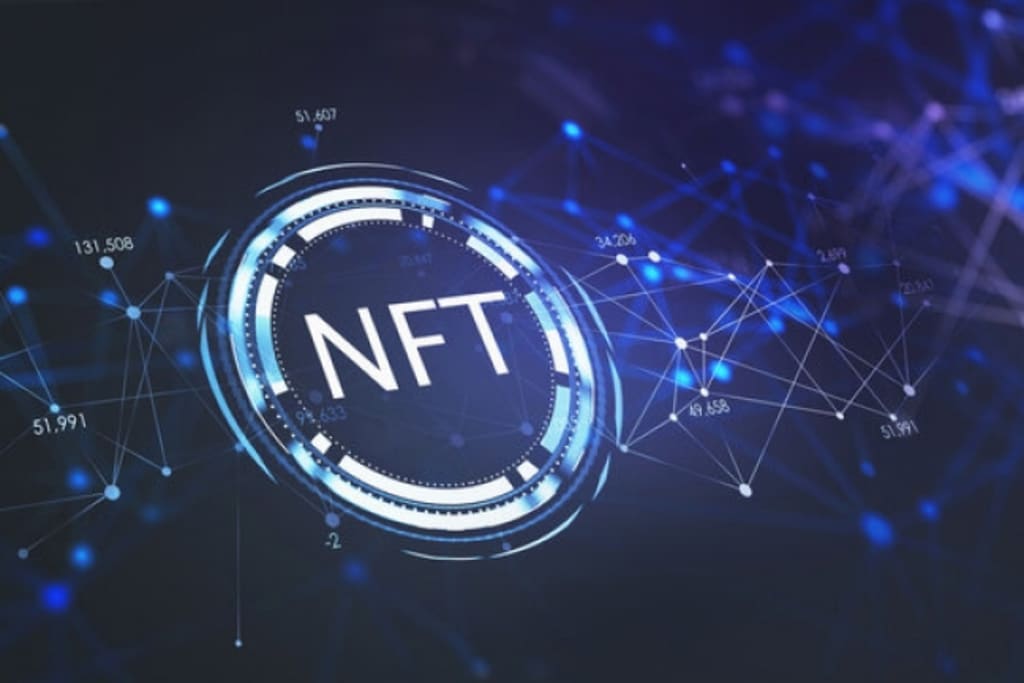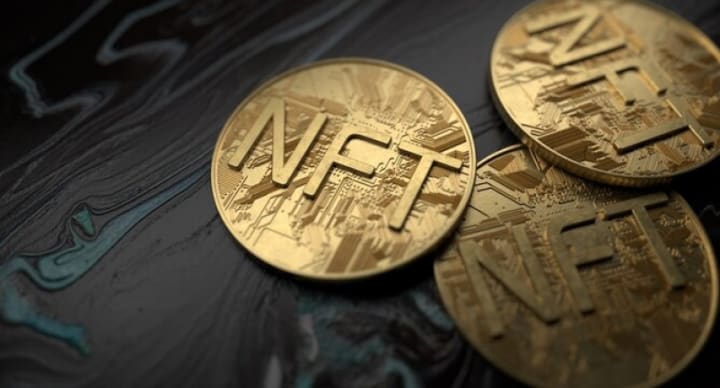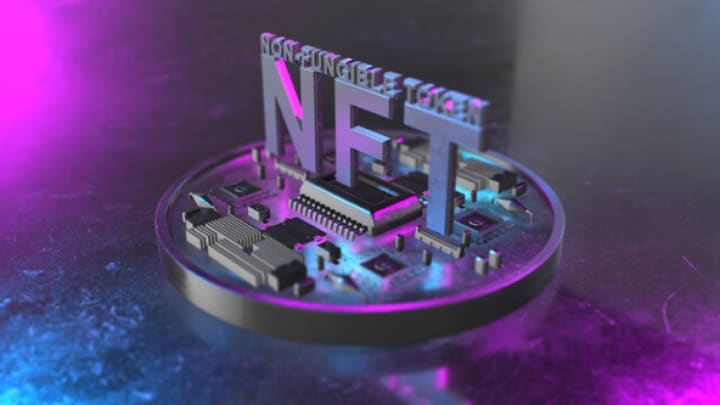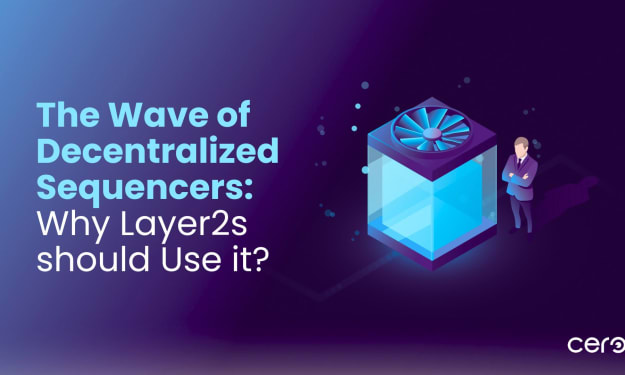A Comprehensive Guide to NFT Marketplace Development Costs
NFT Marketplace Development

Non-fungible tokens (NFTs) have emerged as a game-changing concept in the digital world, transforming the way we perceive ownership and value in art, collectibles, and digital assets. These unique and indivisible tokens, powered by blockchain technology, provide authentication and security, ensuring the provenance and uniqueness of digital creations.
Importance in the Digital Art and Collectibles Space
NFT marketplaces have revolutionized the digital art and collectibles space by addressing long-standing challenges. Previously, digital artworks lacked scarcity and ownership validation, hindering their value and recognition in the art world. NFT marketplaces have filled this void, offering artists and collectors a secure and decentralized platform to tokenize and trade digital assets. Smart contracts guarantee exclusive ownership, creating a sense of rarity and authenticity.
The newfound trust in digital ownership has unlocked unprecedented opportunities for artists to monetize their work directly and gain global recognition. Collectors can confidently invest in rare digital assets, assured of their unique and verifiable ownership rights. As NFT marketplaces thrive, they bridge the gap between traditional and digital art worlds, fostering an innovative and inclusive space for creators and enthusiasts.
The Growth and Popularity of NFT Marketplaces
NFT marketplaces have witnessed explosive growth, with sales reaching staggering figures. OpenSea, the largest NFT marketplace, recorded a trading volume of over $24 billion in 2022, up from $10 billion in 2021. Collections like the Bored Ape Yacht Club and CryptoPunks have achieved trading volumes of over $1 billion and $800 million, respectively.
Factors Influencing Development Cost

Several factors influence the development cost of NFT marketplaces, impacting the overall budget and timeline:
Project Scope and Complexity: Projects with intricate features and integrations require more time and resources, leading to higher costs.
Technology Stack: The choice of technology can impact expenses. Advanced or specialized solutions may incur higher costs.
Team Expertise and Size: Skilled developers may charge more, but their expertise ensures efficient development.
Customization and Specific Requirements: Tailoring the platform to meet unique demands can add to the cost.
Third-Party Integrations: Complexity and licensing fees associated with third-party services affect expenses.
Security and Compliance: Robust security measures and regulatory compliance may require additional investment.
UI/UX Design: High-quality design enhances user experience but adds to development cost.
Testing and Quality Assurance: Thorough testing ensures a reliable product but increases expenses.
Project Timeline: Shorter deadlines may require more resources and incur higher costs.
Geographic Location: Development team location impacts cost due to variations in labor rates.
Cost Breakdown of Developing an NFT Marketplace
Smart Contract Development:
The creation of smart contracts that manage NFT ownership and transactions can cost between $5,000 to $15,000 or even more, depending on the complexity and features required.
UI/UX Design:
Designing a user-friendly and visually appealing marketplace may cost around $2,000 to $10,000 or more, considering factors like customization and the number of screens and features.
Backend Infrastructure Development:
Building APIs, databases, and server-side logic to power the platform’s functionality can range from $10,000 to $50,000 or more, depending on complexity and scalability needs.
Security and Compliance Measures:
Ensuring platform security and compliance with regulations might cost between $2,000 to $10,000 or more, depending on the level of security required and regulatory standards.
Payment Gateways and Wallet Integration:
Integrating payment gateways and wallets to enable cryptocurrency transactions can range from $2,000 to $10,000 or more, depending on the integration complexity and transaction volume.
Testing and Quality Assurance:
Conducting thorough testing to ensure a smooth functioning marketplace and fixing any bugs may cost between $2,000 to $5,000 or more, depending on platform complexity and testing methodology.
Maintenance and Support:
Ongoing maintenance and support to keep the marketplace running smoothly might incur around $1,000 to $3,000 per month or more, depending on the required level of support and platform improvements.
Considering all these factors, the total cost of developing an NFT marketplace can vary significantly, ranging from $20,000 to $75,000 or more. It’s crucial to carefully assess the costs involved, prioritize essential features, and plan for long-term sustainability in the thriving NFT market.
Managing the NFT Market's Cost:

Effectively managing the cost of developing an NFT marketplace is crucial to ensure the project's success and sustainability. Here are some strategies to manage the cost:
Clearly Define the Project Scope:
Start by defining a clear and detailed project scope. Avoid unnecessary features or functionalities that may increase development costs without adding significant value to the platform. Prioritize essential features that align with the marketplace's goals.
Choose the Right Technology Stack:
Carefully evaluate and choose the appropriate technology stack for the marketplace. Utilize well-established and widely used technologies that can streamline development and reduce costs. Consider open-source solutions whenever feasible.
Assess Team Expertise and Size:
Hire a development team with the right expertise for the project. Balance the team size based on the project's complexity and timeline. Experienced developers may command higher rates, but their skills can lead to more efficient development and fewer issues down the road.
Optimize Third-Party Integrations:
Minimize the number of third-party integrations, as each integration can add complexity and cost. Choose essential integrations wisely, and consider open APIs to reduce the development effort.
Plan for Scalability:
Anticipate future growth and plan for scalability from the outset. This will help avoid major reworks and additional costs as the marketplace gains traction and user activity increases.
Emphasize Security and Compliance:
While security measures may add to the upfront cost, prioritizing security is essential to protect user assets and maintain the marketplace's reputation. Compliance with relevant regulations is equally important.
Incremental Development and Testing:
Consider adopting an incremental development approach, where features are added and tested in iterations. This can help identify and address issues early in the development process, reducing the cost of fixing major problems later.
Transparent Communication:
Maintain open and transparent communication with the development team. Regularly discuss progress, potential challenges, and budget status to address any issues proactively.
Post-Launch Monitoring and Optimization:
After the launch, monitor the marketplace's performance and user feedback. Use this data to identify areas for optimization and improvement, allowing for continuous enhancement while managing ongoing costs.
Future of NFT Marketplace Development
The future of NFT marketplace development is promising as the ecosystem evolves. Key trends include blockchain interoperability, scalability solutions, real-world asset tokenization, environmental sustainability, AR/VR experiences, fractional ownership, DeFi integration, improved user experiences, and decentralized governance. As NFT marketplaces gain global adoption, they reshape art ownership and digital asset tokenization, opening new possibilities in the digital economy.
Conclusion
Developing an NFT marketplace requires careful planning, skilled resources, and a well-defined scope of requirements. By considering factors that influence the budget and timeline, stakeholders can optimize development costs. Investing in a secure and user-friendly interface, efficient backend infrastructure, and thorough testing ensures long-term success in the competitive NFT marketplace space. As the NFT ecosystem evolves, staying updated on emerging trends is crucial for creators, collectors, and investors to seize innovative opportunities.
About the Creator
Enjoyed the story? Support the Creator.
Subscribe for free to receive all their stories in your feed. You could also pledge your support or give them a one-off tip, letting them know you appreciate their work.





Comments
There are no comments for this story
Be the first to respond and start the conversation.